I know a lot of you are using my science reading passages in your classroom. They are a helpful resource because students learn the whole story on a science topic, and students can work independently. Unfortunately, a reading passage is not a lesson plan.
Today, I am going to share how you can turn a reading passage into a lesson plan!

The Beginning of Your Lesson Plan
Think of a reading passage as the content part of your lesson. Now, we build out from there. What question does the reading passage answer? Start your lesson by asking your students this question. You can use a KWL chart to track what students know and what they want to know before they read. For example, if you are teaching your students about Global Atmospheric Circulation, your starting question can be, “What is global atmospheric circulation?” This is also a good time to have students share in partners or small groups.
Working with the Reading Passage
Now, you get to the part of the lesson plan where students are ready to work with the content. You can have students read the passage independently, split it up for a jigsaw activity, or put them in groups and have them figure out their own system to learn the content. I have started including related video links in all of my reading passages, so your students will have plenty of options if they are working digitally. Of course, you can print them too! Highlighters and sticky notes will help students interact with the material.
You will want to make sure students pay attention to vocabulary while they are reading. There is a ton of content-specific vocabulary in science, so you will want to encourage students to record unfamiliar vocabulary words. I have started creating word wall cards (like these force and motion vocabulary cards) to help you integrate vocabulary into your daily practice. Vocabulary shouldn’t just be a part of your lesson plan; it should be a part of the daily routine!
Use a Variety of Activities in Your Lesson Plan
Once your students have read the reading passage, it is time to give them something to do with what they just learned. You can have them answer the comprehension questions included with the reading passage, but this routine can get boring. Instead, you can have students create something to consolidate their knowledge. They can write a paragraph, do a presentation, or draw a picture. I especially love having students draw what they learned because our brains think in pictures, so we remember what we draw better than we remember what we write. Drawing is also more fun and lower stress than writing for most students. You can also have students meet in small groups to share what they learned.
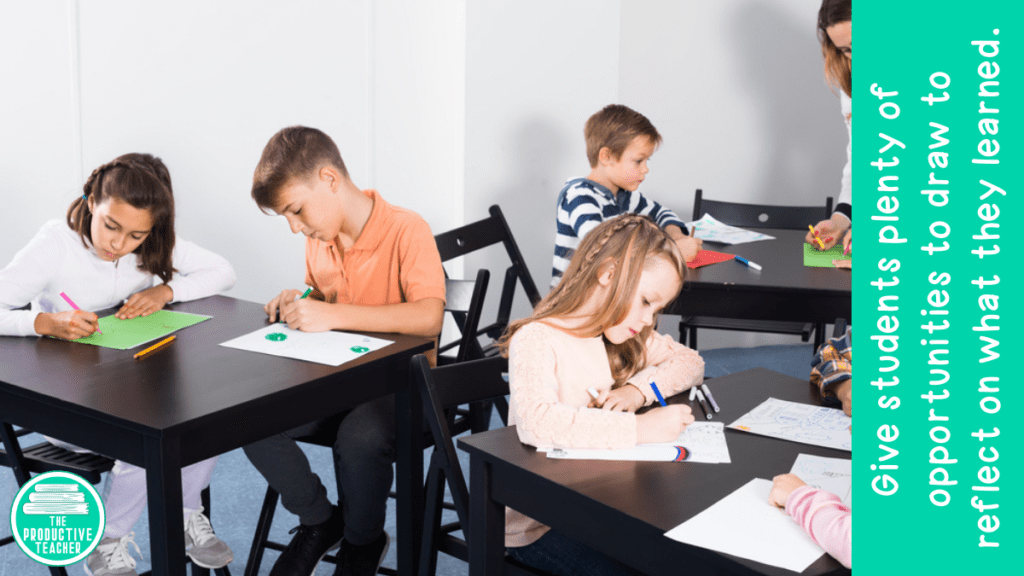
Always Assess to See What Your Students Learned
Finally, you will want to see what your students learned during the lesson. If you haven’t used the comprehension questions yet, they make an easy exit ticket. You can also keep it super simple and ask the same question you started the lesson plan with.
The key to turning a reading passage into a lesson plan is structuring how you want your students to interact with the information before, during, and after reading. The best part? Your students are doing the work, not you! That’s important because your students are the ones who need to learn the material.
Are You Teaching Science?
I am working on creating more science units so that every science teacher can get exactly what he or she needs for her students. You can also read about how I use brain science to teach other science topics on my blog. Click the pictures below to learn more.
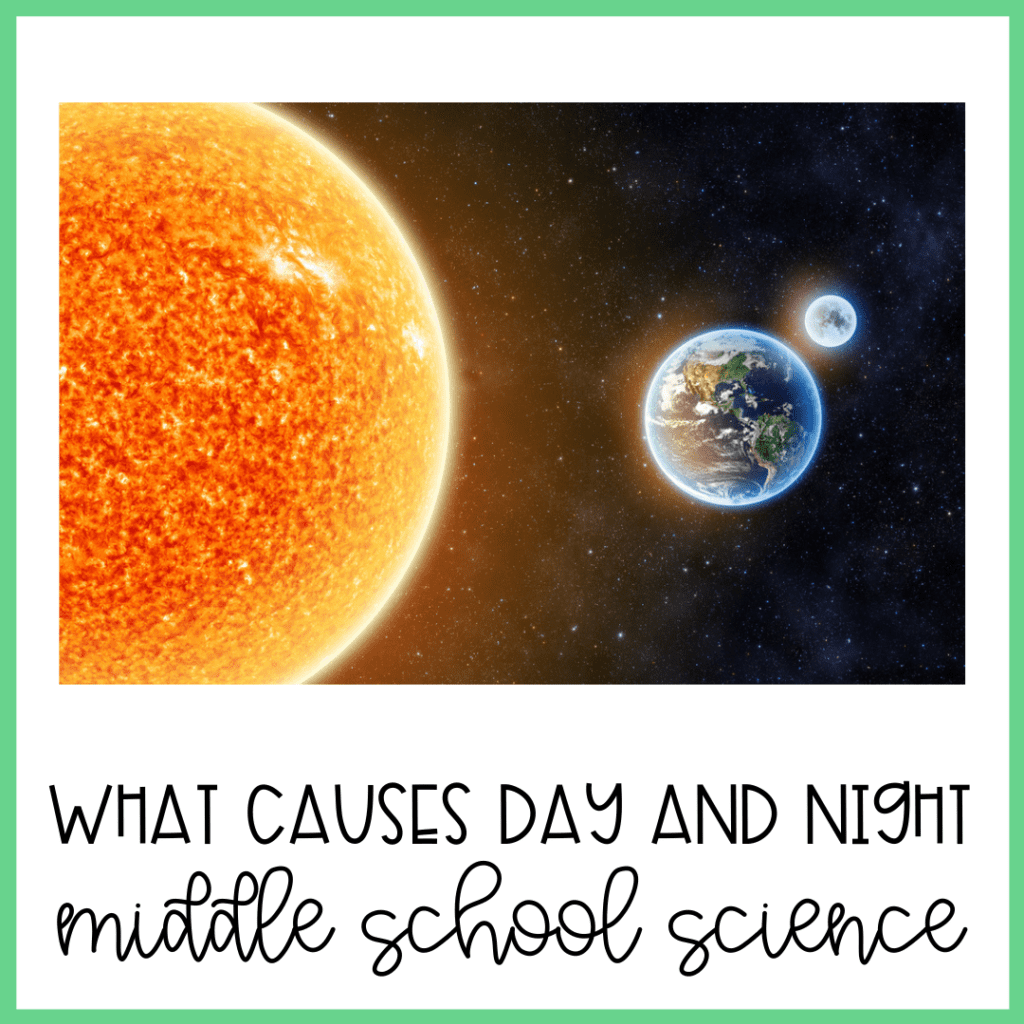
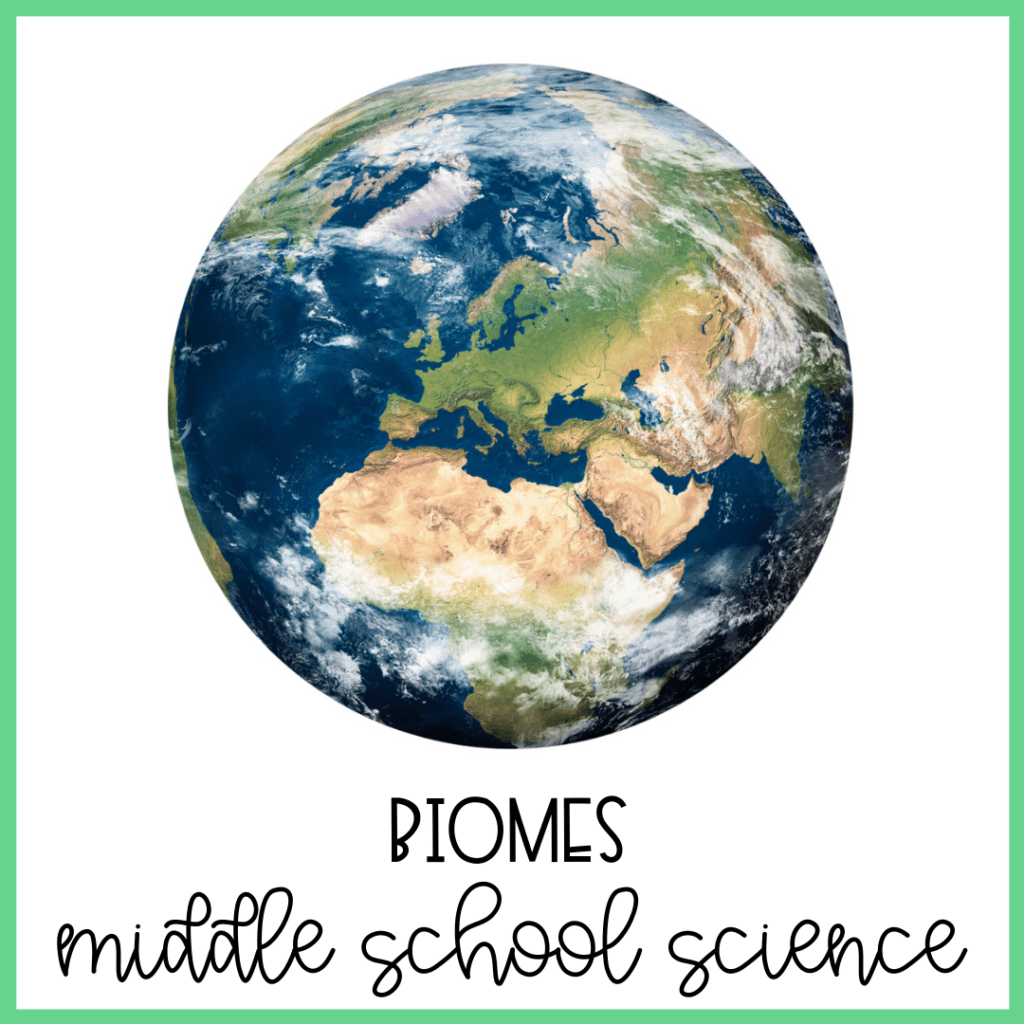
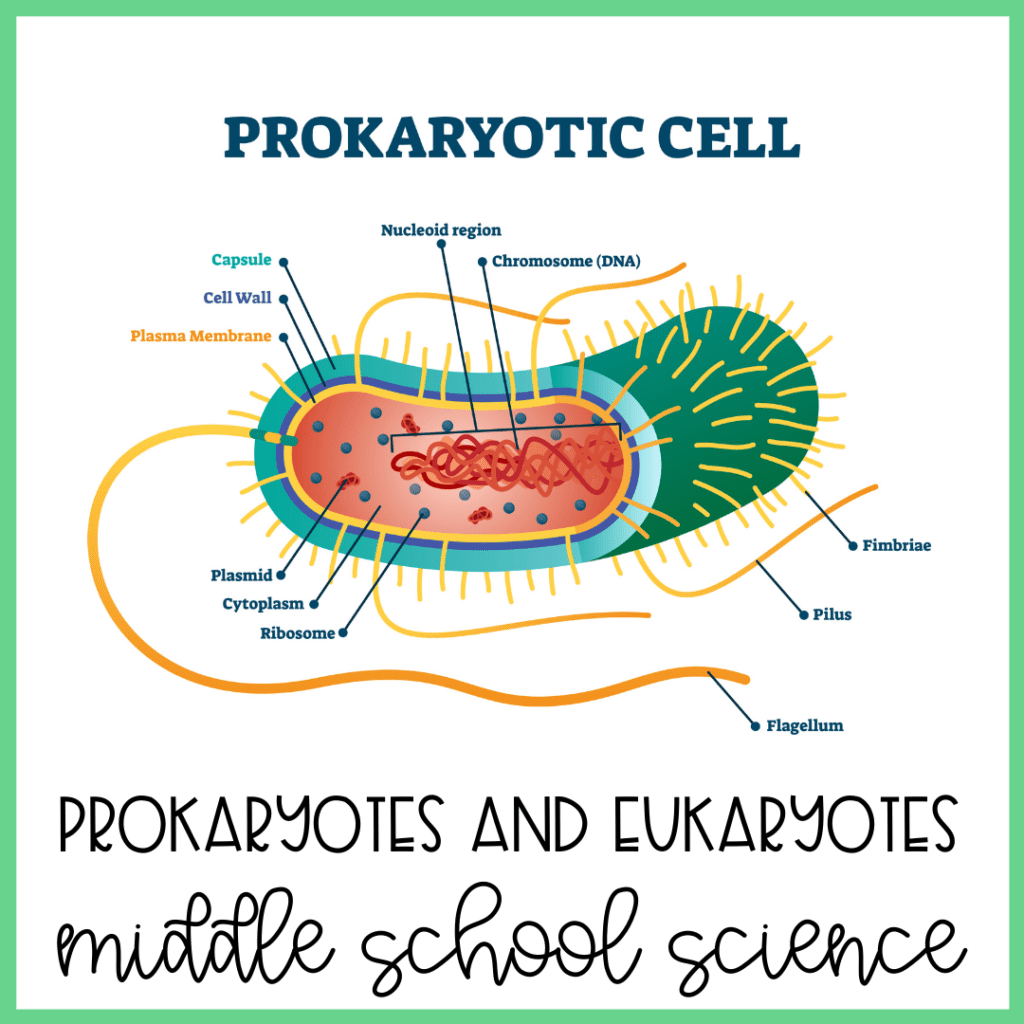
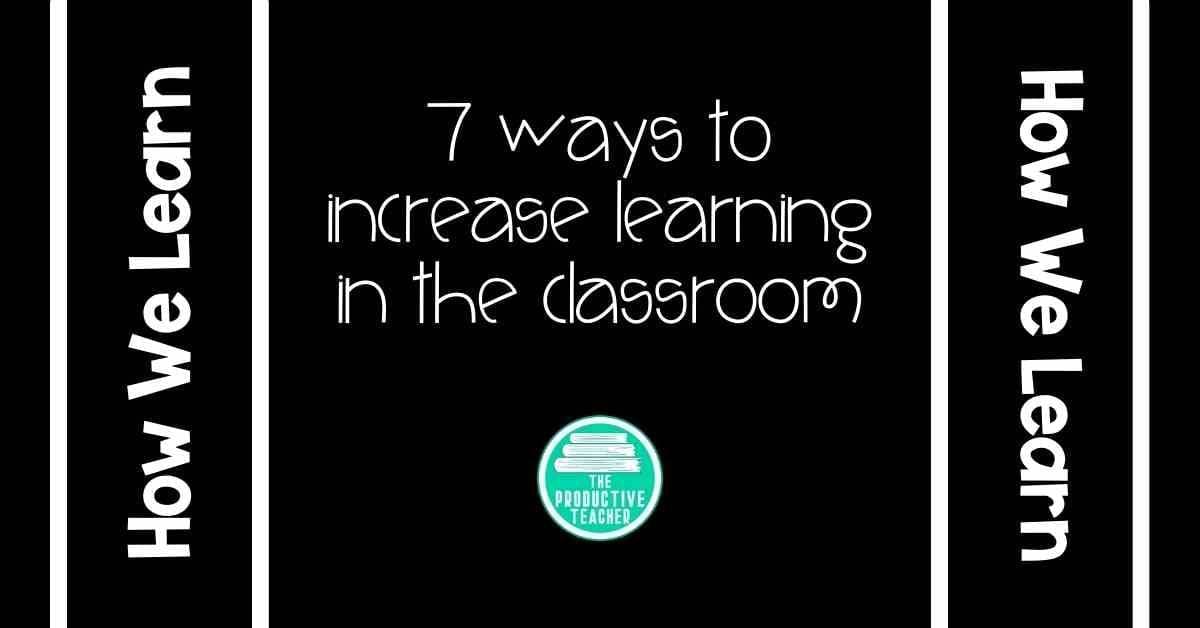
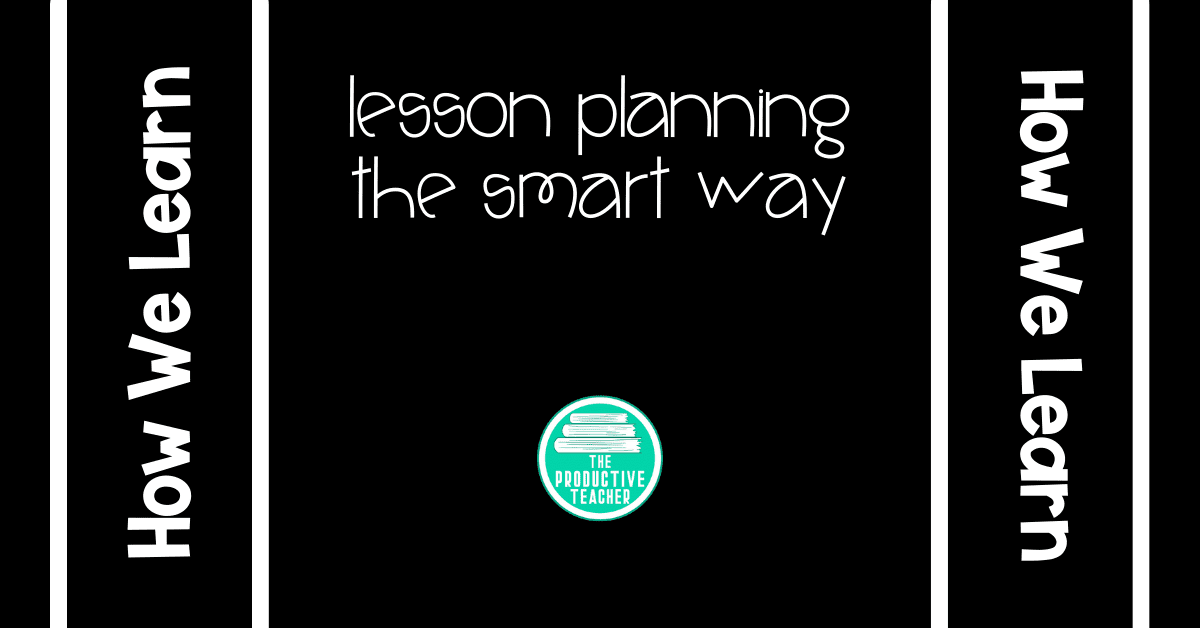
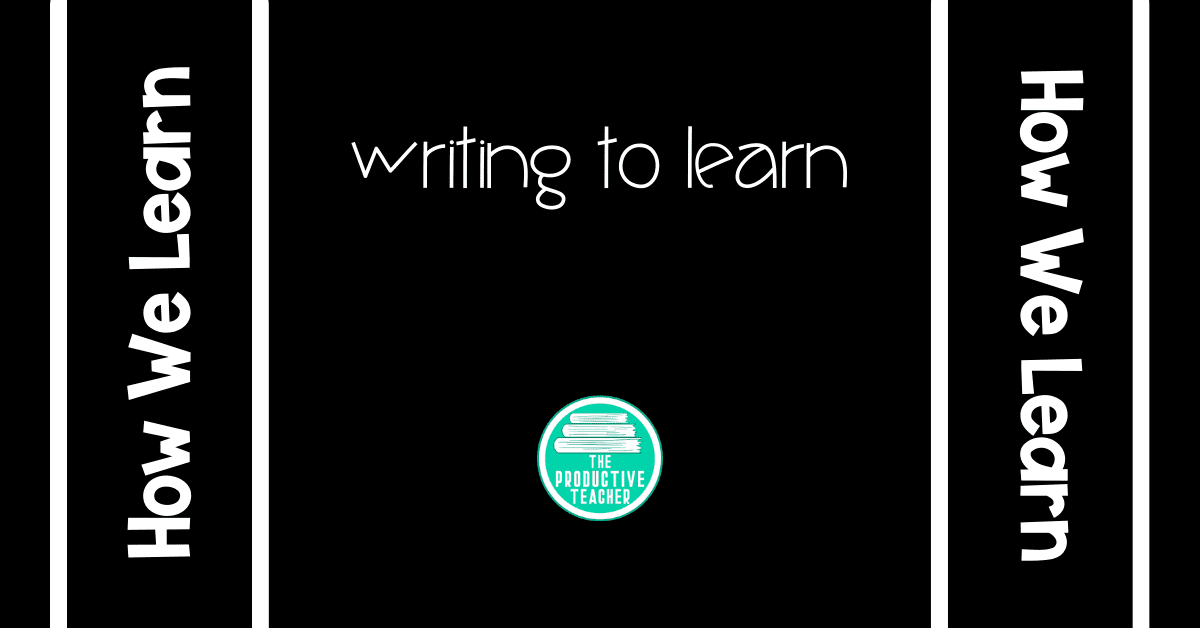
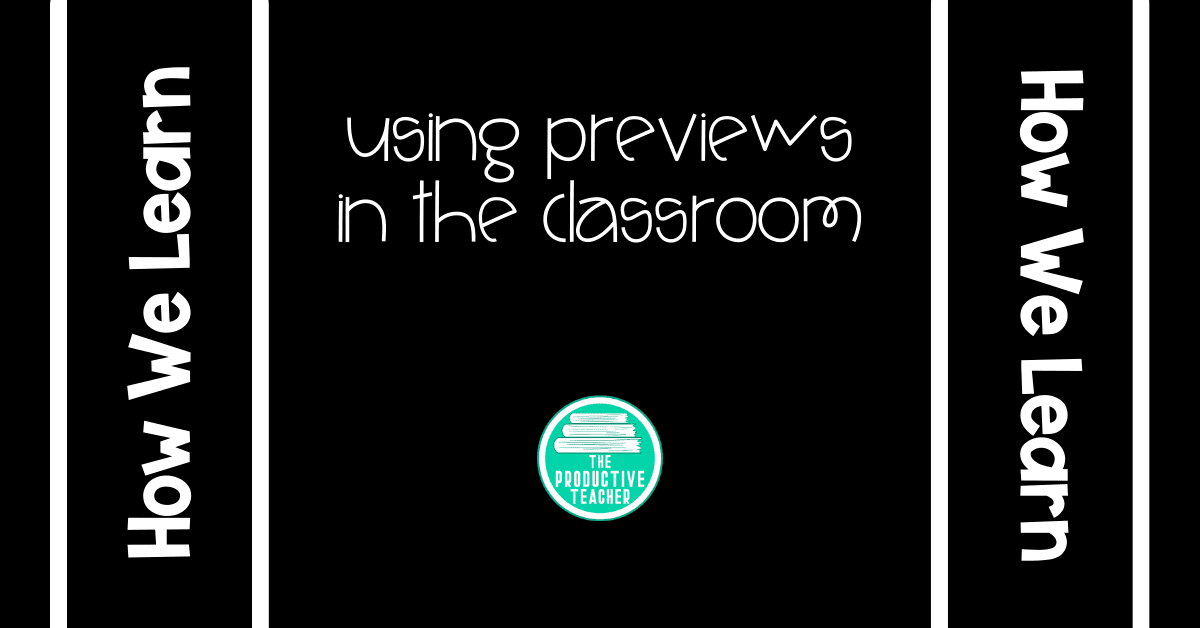
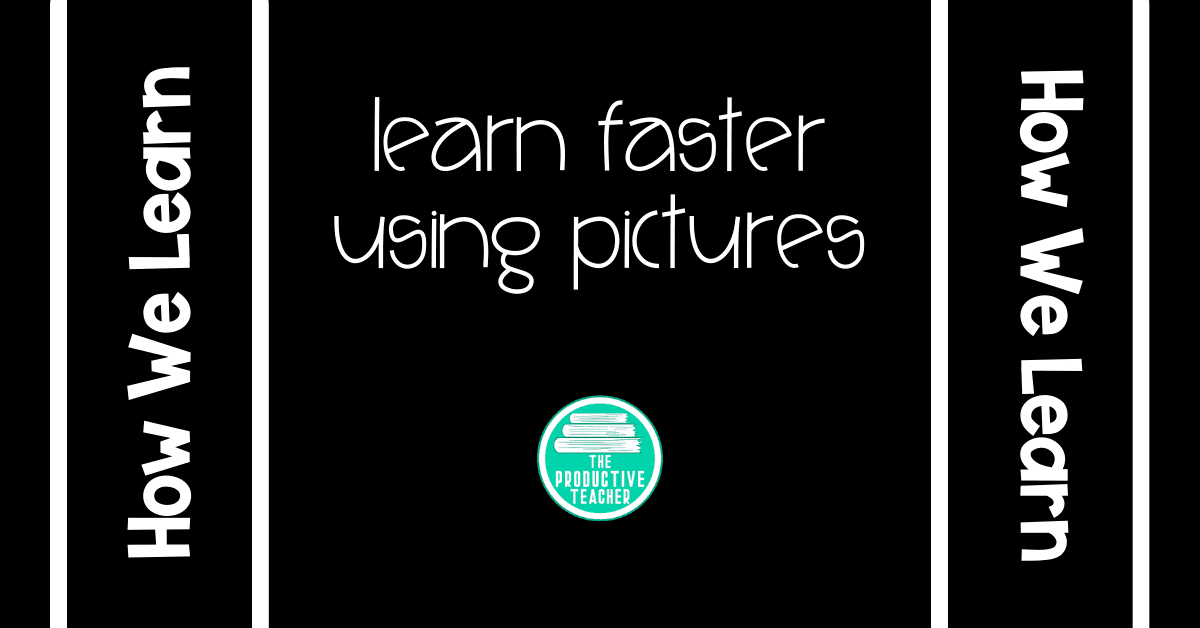
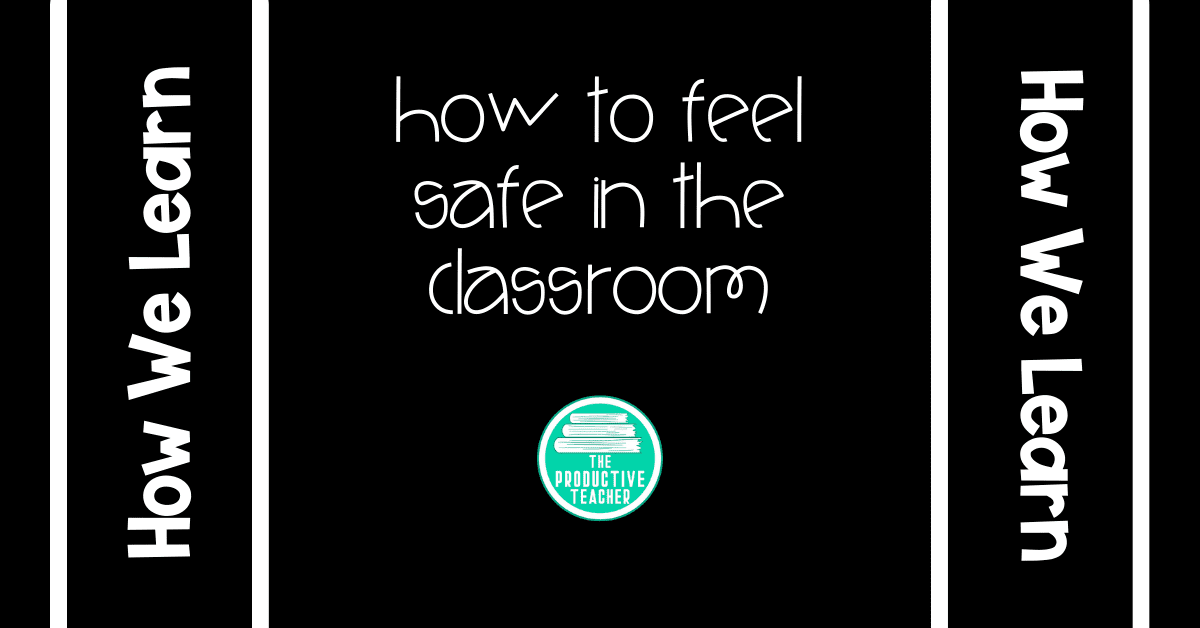
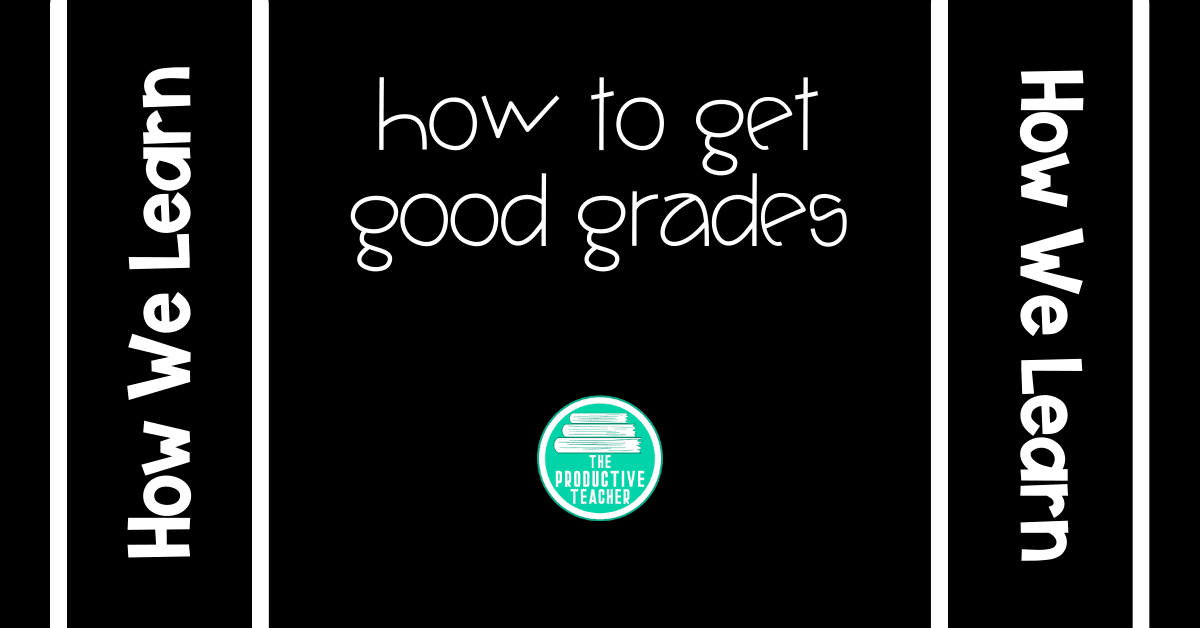
Leave a Reply